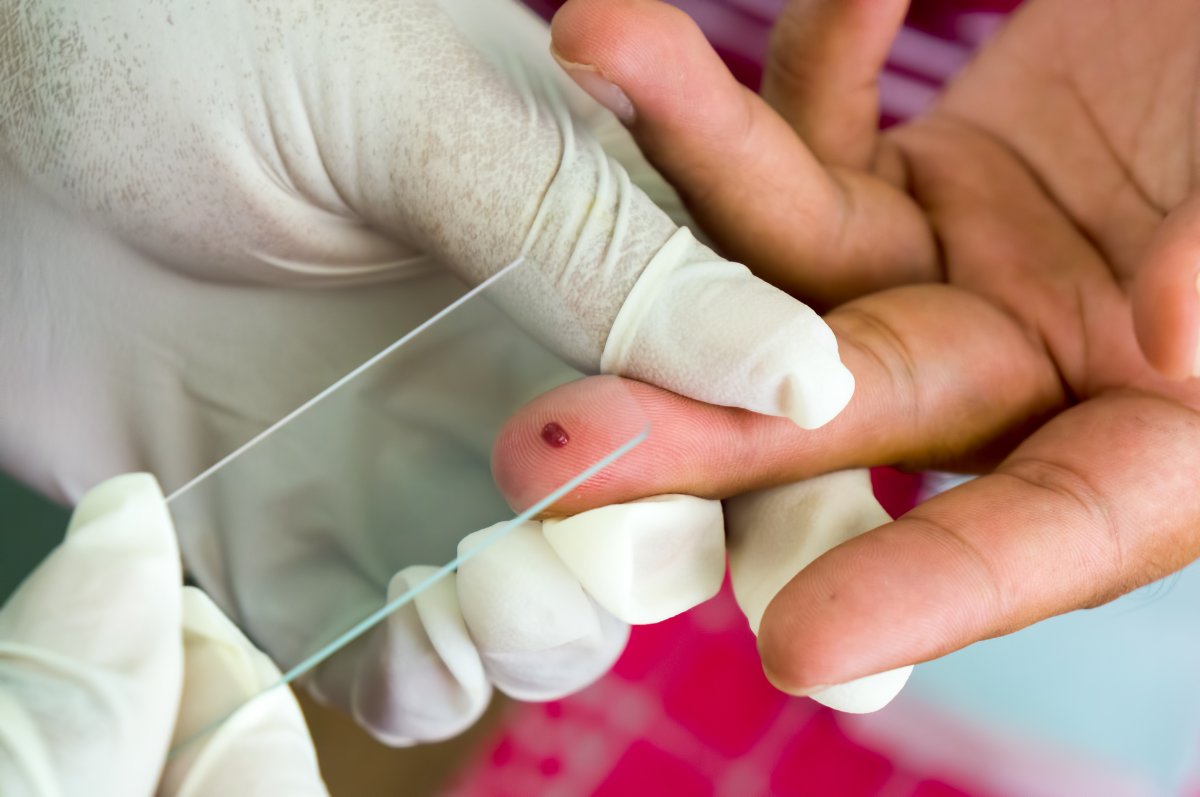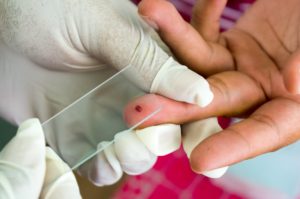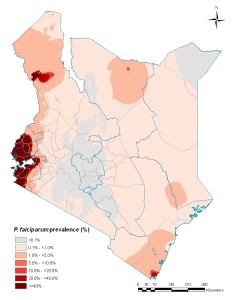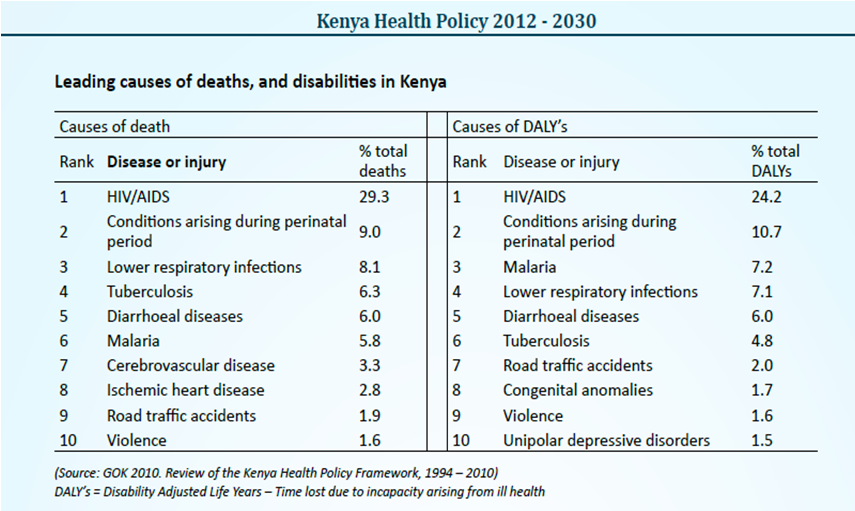
Tomorow is world malaria day
Tomorrow is world malaria day – having spent a good part of my adult life studying malaria – I am always bursting to talk endlessly about it. However I will restrict myself and talk about the issue of malaria eradication in two short blogs – today and tomorrow.
Eradication of malaria means totally getting rid of the malaria parasite from the world.
Since 2007, Bill and Melinda Gates foundation put malaria eradication on the global agenda, donating a billion US dollars to a variety of malaria programs, including the development of the RTS,S malaria vaccine.
There was a lot of hope that a malaria vaccine would be part of the core tools for malaria control but the results, from the most advanced of the malaria vaccines, RTS,S must be a disappointment for many that hoped it would be an essential tool in the malaria eradication kit. I wrote about those results when they were released in 2015….
Take home message on malaria vaccine RTS,S
The other tools currently available for malaria eradication include: use of insecticide treated bednets, indoor house spraying, use of artemesinin combinations for treating malaria, rapid diagnostic tests and intermittent preventative treatments for pregnant women and infants.
To understand the malaria eradication situation, we would need to think about the only disease that humanity has ever managed to eradicate – Smallpox. Keep in mind that eradication means the complete disappearance of the disease causing agent on the face of the earth. The Smallpox virus is now only currently held in a few labs in the world and only the folly of humanity would return the virus to haunt us.
Smallpox was eliminated using a vaccine that had a protective efficacy of 99% – aggressive quarantine and vaccination was enough to eradicate smallpox from the world.
The world is on the verge of polio eradication with a vaccine that reduces wild-type polio by 95%. Polio is currently endemic in 2 countries: Pakistan and Afghanistan. Africa and India were declared polio free a few years ago. Even though polio is now restricted to just a few countries, with less than a hundred cases a year, eradication is taking longer than expected.
None of the tools for malaria eradication has an efficacy anywhere close to the one for the diseases on the eradication radar. On the other hand, over half of the world’s population is at risk of malaria infection. It is estimated that there are over 200 million cases of malaria illness and about 400,000 deaths every year in Sub-Saharan Africa.
The African Leaders Malaria Alliance (ALMA) is geared to the goal of eliminating malaria from the continent in 2030. Note that the goal is elimination of disease not eradication of the parasite.
It is expected that as each country eliminates malaria disease, in a few decades, the world will eradicate the malaria parasite. The ALMA malaria elimination scorecard shows how all 49 member African countries are fairing towards this desired goal. Only Algeria and Cape Verde are close to eliminating malaria.
Kenya’s scorecard is red when it comes to reducing malaria disease.
Kenya’s Division of Malaria Control targets intervention efforts guided by the malaria risk map of Kenya. This map was developed in 2009 by Professor Abdisalan Noor and his colleagues at KEMRI, in collaboration with the Division of Malaria Control. The map shows that only 21 percent of the Kenyan population are under intense malaria transmission. The hotspots are almost all around Lake Victoria with a few on the Coast and North-western Kenya. These are the regions were malaria control have been intensified.
Although researchers have shown a drop in malaria on the Coast of Kenya, the same is not reflected around Lake Victoria.
In areas with high malaria rates like those around Lake Victoria, better, more effective tools are required for elimination to be a reality. In the meantime, making the most of what is available is essential. In the meantime, it is essential that people living in malaria risk areas have access to all the control tools available. What the WHO is calling – closing the gap. Focusing, like Kenya does – on those at greatest risk.
More tomorrow……
**************************************************************
If you have enjoyed this read, please vote
as Best public health blog in category 16 and Best Kenya blog in category 23 by going to Vote at bakeawards.co.ke
16. Best Public Health Blog
a. http:healthkenya.co.ke
23. Kenyan Blog of the Year
a. http:healthkenya.co.ke
Anyone from anywhere in the world can vote – you will be asked for phone number and email to avoid repeat voting…
Thank you
Comments
-
Moses
Malaria diagnosis should be done professionally by professions…….Nurses and CHEWS should not be allowed to do diagnosis of malaria. Nice article
Comments are closed.





Vannappa porakala community health officer PHC SOMANDEPALLI AP
Very useful information! Thanqverymuch 5/Mam